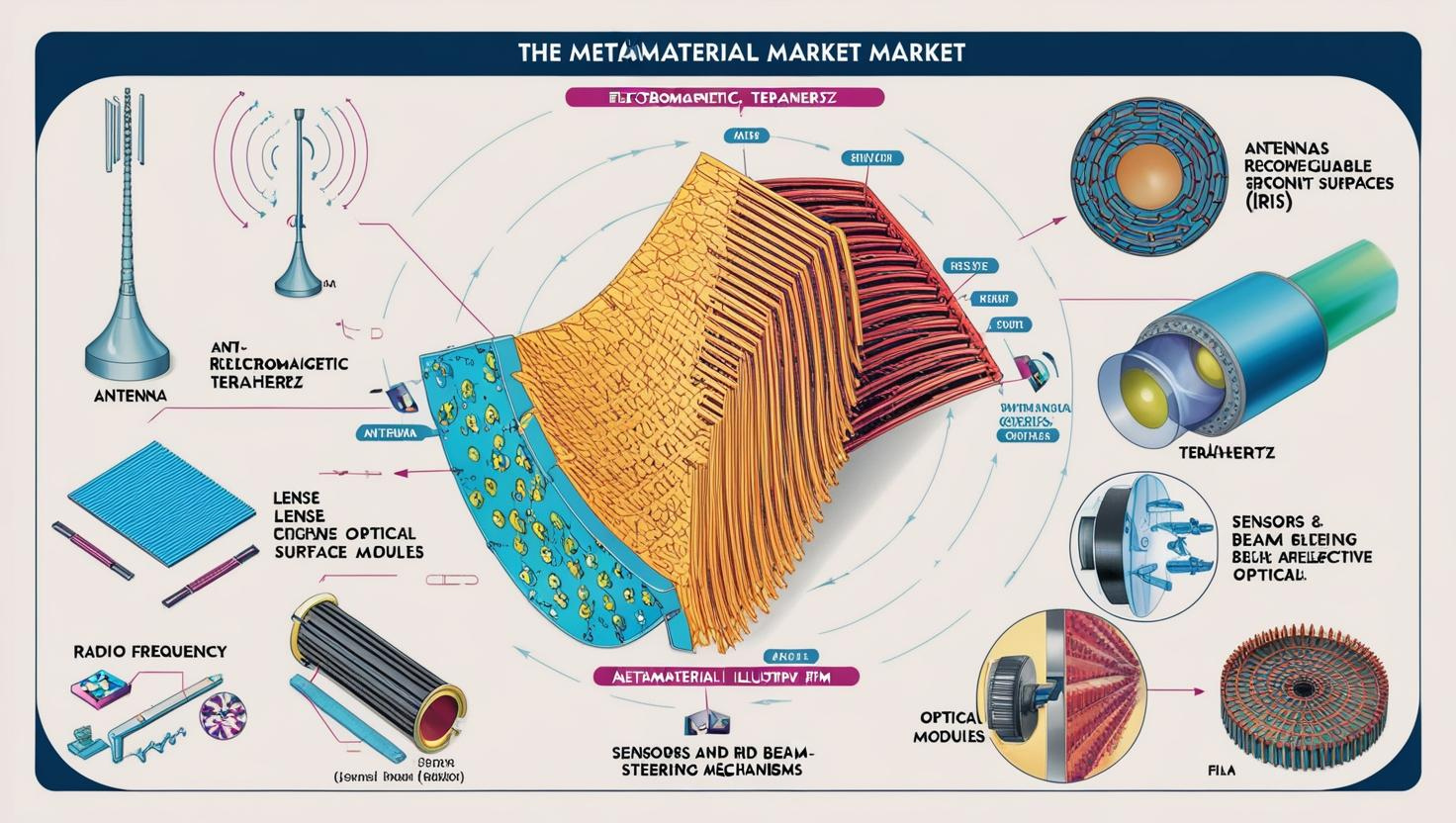3D metamaterials are revolutionizing multiple industries by offering unprecedented control over physical properties such as light, sound, and mechanical stress. Unlike conventional materials, these artificially engineered structures derive their properties from their unique geometrical configurations rather than their chemical composition. As research and development in this field progress, 3D metamaterials are poised to play a crucial role in advancing technology across aerospace, healthcare, telecommunications, and beyond.
Download PDF Brochure @ https://www.marketsandmarkets.com/pdfdownloadNew.asp?id=139795737

Innovations in 3D Metamaterials
Recent breakthroughs in 3D metamaterials have unlocked new capabilities in wave manipulation, structural resilience, and energy efficiency. One of the most significant advancements is the development of 3D-printed metamaterials, allowing precise control over microstructures. Researchers have successfully engineered negative-index metamaterials, which enable light and sound waves to bend in unnatural directions, leading to advancements in invisibility cloaks and ultra-efficient lenses.
Another innovation lies in programmable metamaterials, where materials can dynamically adjust their properties in response to external stimuli. This has promising implications for smart materials in robotics, adaptive structures, and biomedical applications. Additionally, researchers are exploring bio-inspired designs, mimicking the hierarchical structures found in nature to create ultra-lightweight and highly durable materials.
Key Applications of 3D Metamaterials
The potential applications of 3D metamaterials are vast, spanning multiple industries:
- Aerospace and Defense
3D metamaterials are being used to develop ultra-lightweight yet strong components for aircraft and spacecraft. Their ability to control electromagnetic waves also makes them ideal for stealth technology, reducing radar visibility.
- Healthcare and Biomedical Devices
In the medical field, 3D metamaterials are enabling the development of advanced imaging systems, biosensors, and tissue engineering scaffolds. Their ability to manipulate acoustic waves is particularly beneficial in non-invasive diagnostic techniques such as ultrasound imaging.
- Telecommunications and Optoelectronics
Metamaterials with unique electromagnetic properties are being integrated into next-generation antennas and optical devices. They are enhancing signal transmission efficiency, reducing interference, and paving the way for 6G communications and high-performance photonic devices.
- Energy and Sustainability
3D metamaterials are playing a role in improving solar panel efficiency, waste heat recovery, and energy harvesting technologies. By controlling thermal radiation and light absorption, they can significantly enhance energy management systems.
- Automotive and Structural Engineering
In automotive and construction industries, 3D metamaterials are being utilized to create impact-resistant materials, vibration-damping structures, and acoustically optimized designs for quieter and safer environments.
Market Growth and Future Outlook
The global market for 3D metamaterials is expected to witness substantial growth in the coming years, driven by increasing demand from various high-tech industries. North America and Europe are leading in metamaterial innovations, while Asia-Pacific is emerging as a key manufacturing hub.
Challenges such as high production costs, scalability, and integration complexities remain, but ongoing advancements in 3D printing and nanofabrication are expected to address these hurdles. As industries recognize the potential of 3D metamaterials, collaborations between research institutions and commercial enterprises are likely to accelerate market adoption.
3D metamaterials are at the forefront of material science innovation, offering transformative solutions across multiple industries. As research continues and manufacturing technologies improve, these materials will play an increasingly vital role in shaping the future of technology and engineering. With their potential to revolutionize aerospace, healthcare, telecommunications, and sustainability, 3D metamaterials are set to redefine material capabilities for decades to come.
